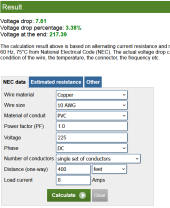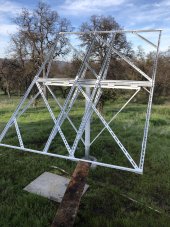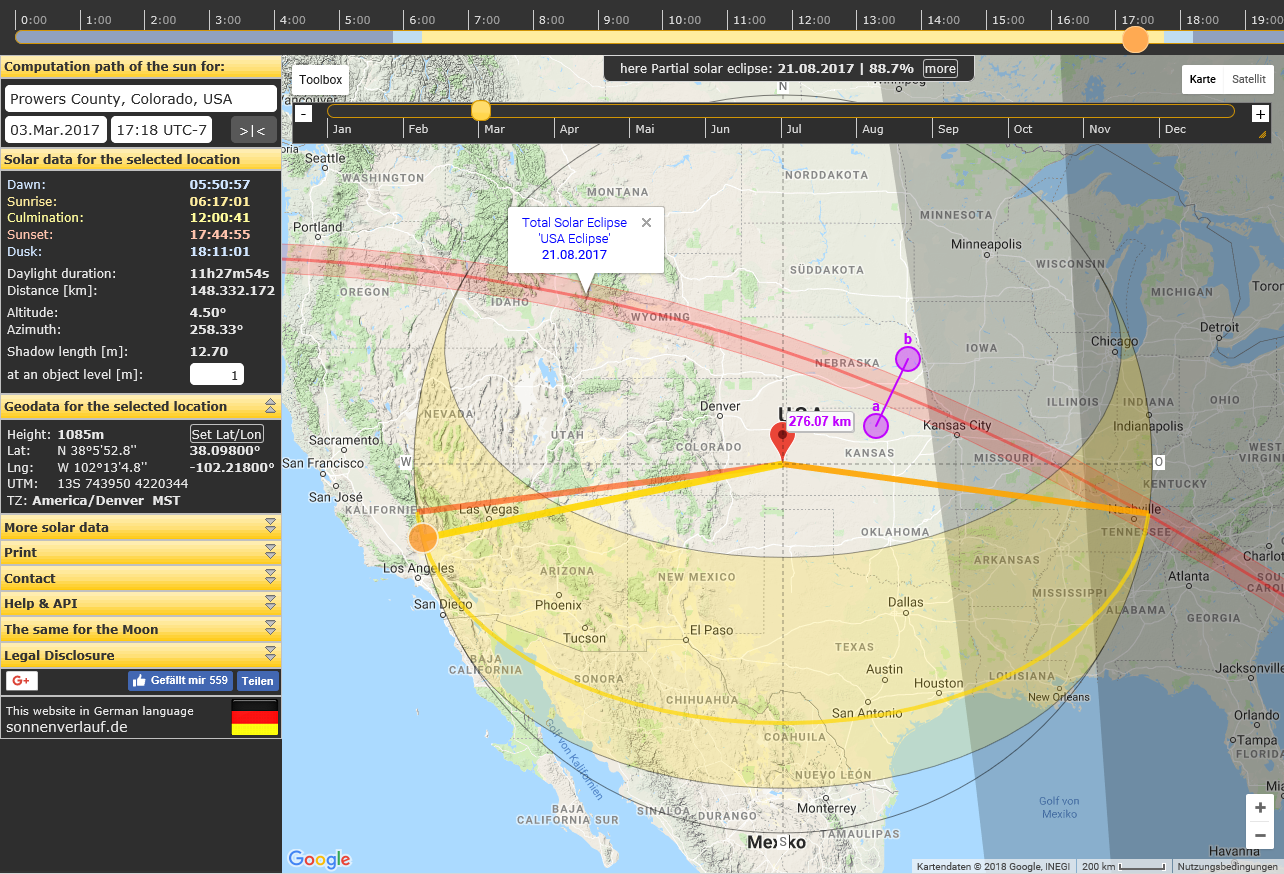cdherman
New Member
I have a perfect south facing roof. But its over 400 feet from the main loads. I would potentially need 200A service in the distant shed, have to move the entrance pole and meter to the shed, if I wanted a hybrid system with battery backup of the whole enterprise. After doing some calculations, perhaps this is a bad idea. The economics are that an extra $5000 in panels on a west facing roof that is very close to the loads would be cheaper than the wiring to the more distant shed. Is my logic correct?
What's more, I am reading that west panels may be better from a grid standpoint, as peak loads, especially in summer are 4-8ish. Although my utility does not have TOU at this time, it could change.
BTW, both sheds are large agricultural structures. Total installed PV could go as high as 30k or more, but the utility at this time says they will only permit a grid tie system that is sized by PVwatts to cover average monthly loads. They have concerns about too much power going back into their grid. It is a small customer owned cooperative, and they are generally reasonable, though a little alterative energy adverse. In any case, I want plan the system with future expansion as an option, but inital size, at least in terms of panels, will be modest. I think PVwatts says 8k will cover our needs. Although a Ford Lightning is arriving in a month, so electricity use will rise.
What's more, I am reading that west panels may be better from a grid standpoint, as peak loads, especially in summer are 4-8ish. Although my utility does not have TOU at this time, it could change.
BTW, both sheds are large agricultural structures. Total installed PV could go as high as 30k or more, but the utility at this time says they will only permit a grid tie system that is sized by PVwatts to cover average monthly loads. They have concerns about too much power going back into their grid. It is a small customer owned cooperative, and they are generally reasonable, though a little alterative energy adverse. In any case, I want plan the system with future expansion as an option, but inital size, at least in terms of panels, will be modest. I think PVwatts says 8k will cover our needs. Although a Ford Lightning is arriving in a month, so electricity use will rise.





